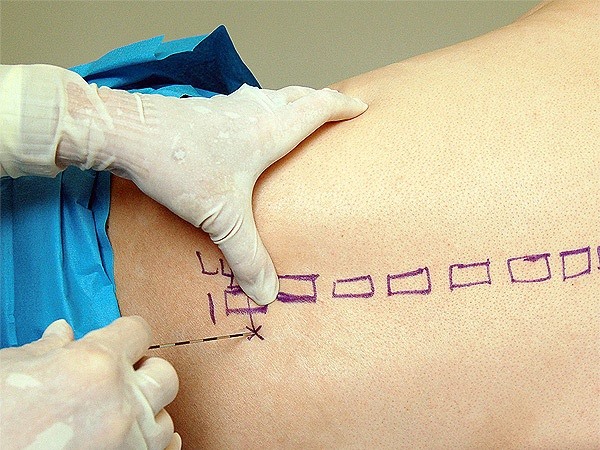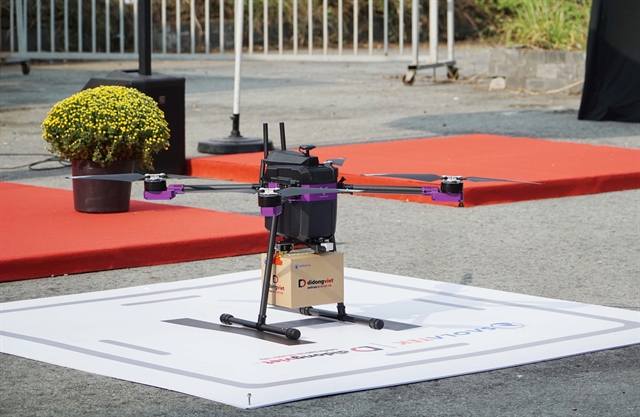

The Ministry of Health has not totally banned the use of spinal block while doing a cesarean section, the prohibition applies only to several specific cases.
 |
| The Ministry of Health has not totally banned the use of spinal block while doing a cesarean section, the prohibition applies only to several specific cases.— Photo nguoihanoi.com.vn |
HÀ NỘI — The Ministry of Health has not totally banned the use of spinal block while doing a cesarean section, the prohibition applies only to several specific cases.
Deputy Minister Nguyễn Viết Tiến made this clarification in response to public concerns raised recently about a legal document sent by the ministry to local departments late last month.
Tiến said the document only said that doctors were not allowed to conduct spinal blocks during cesarean section for pregnant women facing high risk of strokes because they’d already suffered from eclampsia, pre-eclampsia or abruptio placenta, the Kinh tế đô thị (Economy and Urban Area) newspaper reported.
Women that have these conditions faced the risk of stroke, cardiac arrest, coagulation disorders and multiple organ failure while undergoing a cesarean section, he said.
In such cases, doctors were advised to use the endotracheal intubation method, he added.
Mass media reports that the health ministry is set to ban spinal blocks for cesarean section had earlier this week prompted expressions of serious concern from the public, especially women.
“Some click bait titles written by media are responsible for the misunderstanding,” the Deputy Minister said.
He said the document was sent because some localities were applying spinal blocks for all cesarean section.
Tiến said the maternal mortality rate in the country has reduced a lot compared to previous years, but it still stands at 58-59/100.000. On average, two women reportedly die every day due to obstetric complications.
95 per cent
Tiến said the fact is that in Việt Nam and other countries, spinal block is used in 95 per cent of cesarean sections.
Doctor Lưu Quốc Khải, head of the A2 obstetrics department at the Hà Nội Obstetrics and Gynaecology Hospital, said spinal block was only used when pregnant women were in stable health.
The hospital had been following the regulations for a long time before the ministry issued these recommendations, Khải said.
According to Khải, both endotracheal intubation and spinal block have their own advantages and side-effects.
However, spinal block is the preferred method because mother is conscious and can see her child and listen to the child crying at birth.
“It a precious moment between a mother and her child,” he said.
Unlike endotracheal intubation, "after a cesarean section with spinal block, a mother can breastfeed her child sooner," he added.
Phạm Trung Nghĩa, a doctor with the HCM City-based Hồng Đức Hospital, said the ministry’s document was valid for pregnant women suffering symptoms including abruptio placenta.
"Although it has the side effects of dizziness and fever, spinal block is thought to be safer than endotracheal intubation during cesarean section," he said.
Endotracheal intubation - a medical procedure in which a tube is placed into the trachea through the mouth or nose, could make pregnant women vomit, according to the doctor. — VNS




